The word ‘hello’ is more than just a casual greeting. It resonates with cultural depth, social etiquette, and emotional warmth. This comprehensive guide delves into the multifaceted nature of greetings, exploring their cultural significance, the role of non-verbal cues, appropriate uses in various situations, and the impact of technology in reshaping traditional hellos.
The Cultural Significance of ‘Hello’: Exploring Global Variations
The Nuances of Greetings Across Cultures
Hello holds different meanings in diverse cultures, symbolizing not only an introduction but also an integration into cultural mores. From the traditional handshakes of the West to the Indian namaste and the Maori hongi, the way we say hello often reflects societal values. Consider the Japanese bow, a sign of respect that varies in depth depending on social status. In contrast, the Filipino “mano po” involves gently pressing the back of an elder’s hand to one’s forehead, showing deep reverence. These gestures are cultural cornerstones, teaching about history, social structures, and respect for vitality, men and traditions.
Global Customs of Welcome
- Formal Greetings: These include practices like bowing, shaking hands, and using honorifics, often seen in professional environments.
- Informal Greetings: These can involve a simple wave or a nod, commonly used among friends and family.
- Gestural Greetings: Across the globe, gestures such as the cheek kiss in Europe or the hand clasp in parts of Africa, complement verbal greetings.
Cultural norms influence greetings significantly, and their understanding boosts social cohesion. One example is the emphasis on direct eye contact in Western cultures, signalling sincerity, whereas in some Asian cultures, avoiding direct eye contact shows respect. These subtleties emphasize the importance of cultural intelligence in global communications and interactions. The diversity in greetings highlights the richness of human expression and the vitality each culture brings to the world stage.

Beyond Words: Decoding the Non-Verbal Cues in Greetings
Interpreting Silent Greetings
Non-verbal greetings, such as nods, waves, or bows, often sidestep language barriers, expressing diverse emotions and respect. These actions significantly shape cross-cultural interactions, enhancing or replacing spoken communication. A simple head nod acknowledges someone in many Western countries, while a bow in Japan conveys layers of respect and social standing. The shaka sign (a hand gesture) in Hawaiian culture symbolizes “hang loose,” reflecting a relaxed, welcoming spirit. These non-verbal cues offer immediate emotional insights and improve mutual understanding. They are especially crucial in multicultural settings where linguistic skills may vary widely.
Evolution of Non-Verbal Communication
- Historical Roots: Gestures like handshakes developed as trust signals, indicating that no weapons were held.
- Cultural Drift: Over time, a greeting gesture’s meanings and interpretations evolve, reflecting changes in societal norms.
- Modern Adaptations: In the digital age, emojis and GIFs have emerged as new forms of non-verbal greetings, facilitating cross-cultural digital interactions.
Non-verbal signals are adaptable and deeply integrated into how societies function, and mastering these signs is critical for effective cross-cultural communication. For instance, the “thumbs up” gesture regarded positively in the United States, may offend in regions of the Middle East. A 2019 study showed that misunderstandings in non-verbal cues contribute to about 35% of cross-cultural communication failures. Recognizing these subtle variations is essential for improving social interactions and maintaining vitality, men and understanding in global exchanges. The use of effective non-verbal communication highlights the importance of understanding different cultures.

From Formal to Friendly: Choosing the Right Greeting for Every Situation
Navigating Formal and Informal Greetings
Understanding when to use a formal or informal greeting can significantly impact social interactions. While a casual “hey” might suffice among close friends, a more polished “hello” or “good morning” is preferable in professional environments or when meeting someone for the first time. The choice of greeting reflects your understanding of social dynamics and respect for others. Adjusting your greeting based on the context shows emotional intelligence and awareness. For instance, starting a business meeting with “Good morning, everyone” sets a respectful and professional tone. This adaptability shows consideration and helps establish trust and rapport.
Adapting Greetings Across Diverse Scenarios
- Professional Settings: Opt for formal greetings like “Hello” or “Good afternoon” to display respect and professionalism.
- Casual Encounters: Use informal greetings such as “Hi” or “Hey” among friends and acquaintances in relaxed settings.
- Multicultural Contexts: Research and respect local customs to avoid unintentional offenses, ensuring warmth and acceptance.
Adapting greetings for cultural sensitivities is crucial in multicultural settings to ensure effective communication and respect. For instance, in some cultures, a direct and enthusiastic greeting may be perceived as overly familiar or insincere. A more reserved gesture, such as a slight bow or a nod, might be more appropriate. In a survey on international business etiquette, it was found that demonstrating cultural sensitivity during initial greetings can increase trust and improve business relationships by up to 40%. Recognizing these subtle yet significant differences helps foster positive interactions and reinforces the impression of vitality, men, and understanding across different cultures.

The Future of ‘Hello’: How Technology is Reshaping Greetings
AI and the Personalization of Greetings
Advancements in technology such as AI and virtual reality are transforming how we greet each other, making interactions more personalized and efficient. AI-driven systems can now recognize individuals and tailor greetings based on past interactions and preferences. These systems move beyond simple recognition to offer bespoke welcoming experiences. For example, AI robots in hotels may greet returning guests with a personalized message reflecting their previous stays. This level of personalization provides innovative ways to enhance customer satisfaction while integrating vitality men, and the value of connection in daily exchanges.
Technological Innovations in Greetings Display
- Interactive Holograms: Retail spaces are using holographic greeters to attract attention and provide information, enhancing customer engagement.
- Gesture-Controlled Interfaces: These allow visitors to interact with displays using gestures, making the greeting experience more engaging and intuitive.
- Emotionally Responsive AI: AI systems that detect and respond to a person’s emotional state with appropriate greetings and assistance.
From sending digital hellos in the metaverse to AI robots that greet visitors, technology is expanding the limits of traditional greetings. Virtual reality environments enable users to create avatars that express custom greetings, allowing for new forms of digital identity and interaction. One significant benefit is making interactions more accessible for individuals with disabilities, offering features like real-time translation and gesture recognition. Embracing these tech-driven greetings enhances experiences and promotes more personalized and inclusive communications within the world of vitality, men, and connection.
Vitalica Wellness: Sağlıklı Yaşamın Anahtarı
Holistic Wellness Through Craniosacral Therapy and Acupuncture
Vitalica Wellness employs Craniosacral therapy to harmonize the body’s cranial rhythm, reducing stress and fostering equilibrium through gentle touch and manual techniques. Integrating ancient practices like acupuncture, Vitalica aims to regulate energy flow, alleviate pain, and enhance overall health using fine needles and innovative methods such as ozone therapy.
Vitalica Wellness combines modern scientific techniques with holistic approaches to treat physical and psychological ailments. The center’s experts are trained in a variety of methods, including craniosacral therapy, acupuncture, and physiotherapy, to provide customized care that meets individual wellness needs.
Integrated Wellness Programs Achieving Enhanced Physical and Mental Well-being
Vitalica Wellness distinguishes itself through specialized wellness programs, including yoga camps designed to improve mental and physical health via meditation and increased flexibility. The center promotes comprehensive detoxification processes using tailored diets and supports immune system enhancement with bitter diet principles based on Ayurvedic nutrition.
Vitalica Wellness focuses on delivering comprehensive wellness solutions, encompassing physical, emotional, intellectual, spiritual, social, environmental, and professional health. Through strategic integration of holisitic treatment and wellness education, experts at Vitalica consistently enhance the quality of life for their clients.
Personalized Physiotherapy and Detox Programs Ensuring Effective Treatment Outcomes
Vitalica Wellness provides personalized physiotherapy using exercises, manual therapy, and electrotherapy to address musculoskeletal disorders and enhance movement capabilities. Commitment to quality extends to customized detox programs, designed to purify the body, elevate energy levels, and improve overall health by removing toxins through special diets.
Clients of Vitalica Wellness consistently report significant improvements in their physical and mental well-being as a result of personalized care and integrated wellness programs. The center’s ability to blend traditional healing methods with modern science allows clients to achieve comprehensive improvements in their overall health.
Frequently Asked Questions
Why do we say “hello,” and what does “hello” mean culturally?
Is “hello” formal or informal, and how do I choose the right greeting?
How is technology, like AI, reshaping greetings and the way we say “hello”?
Beyond the word “hello,” what non-verbal cues are important in greetings?
Ready to enhance your well-being with our holistic therapies?
